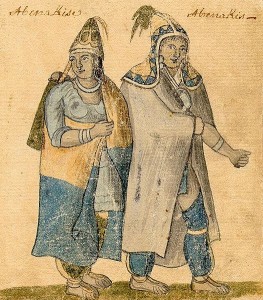5.1 Introduction

For the first 300 years of contact between Europe and Canada, Aboriginal autonomy remained more or less intact. Displacement had occurred in some places, but the limited ambitions of New France as a settlement colony mitigated wholesale loss of lands and power. That is not to say that Aboriginal life was not under threat. The proto-contact period, the contact period, and the post-contact period all witnessed changes in Aboriginal life and authority that were profound. Aboriginal people and societies were not, however, being acted upon. There were many Aboriginal agendas: economic, political, military, and territorial. What were the priorities driving Aboriginal people at a time when territory was being lost in increments to newcomers, long-time neighbours were squeezing westward and colliding with others, and epidemics were cutting a swath through populations? How did Aboriginal people perceive what was taking place, and what future did they seek to create for themselves under changing circumstances?
Learning Objectives
- Describe the ways in which Aboriginal people perceived the newcomers.
- Analyze the impact of the European intrusion on the traditional patterns of Aboriginal life.
- Describe the Columbian Exchange and its ramifications for Aboriginal societies.
- Enumerate some of the major Aboriginal political responses to invasion.
- Account for Aboriginal engagement in the fur trade.
Attributions
Figure 5.1
Abenaki Couple by File Upload Bot (Magnus Manske) is in the public domain.

